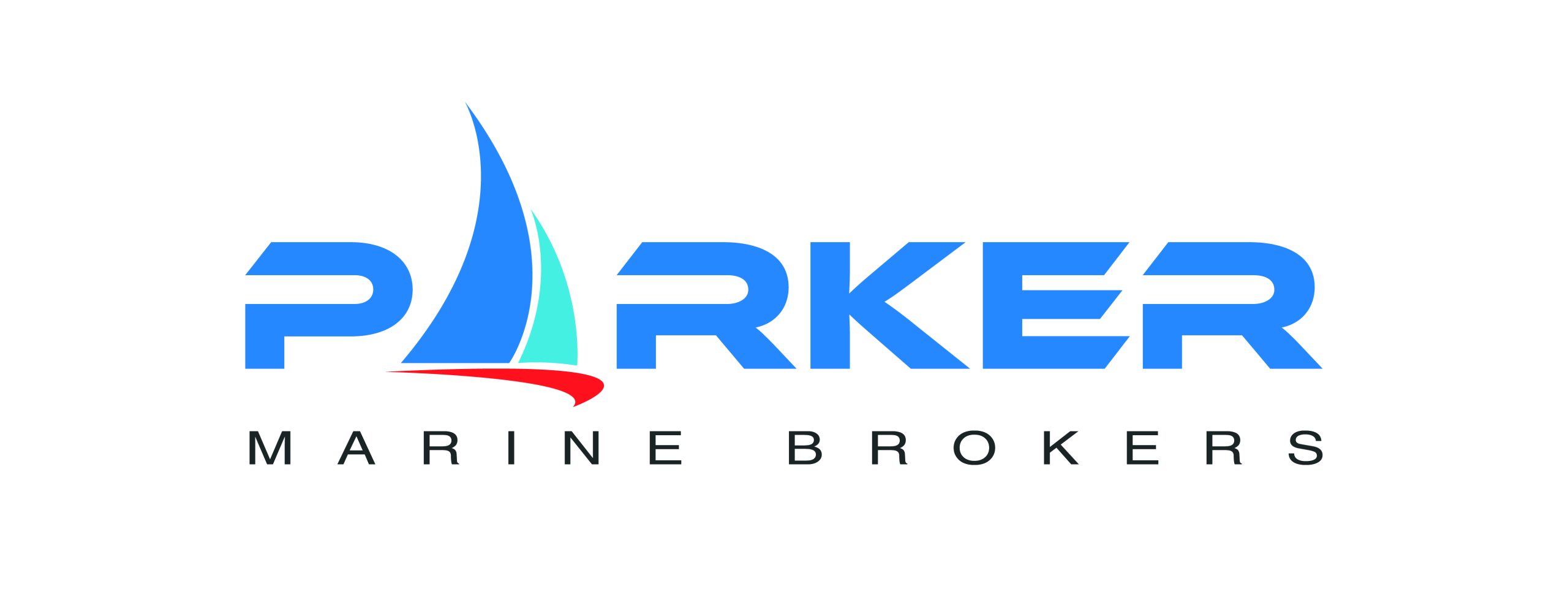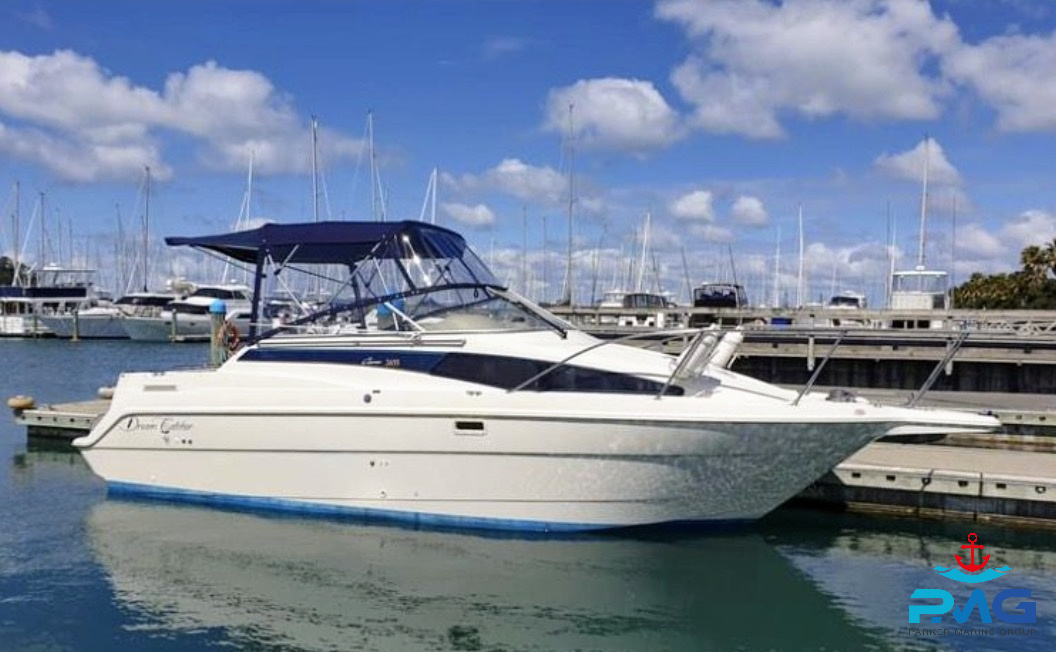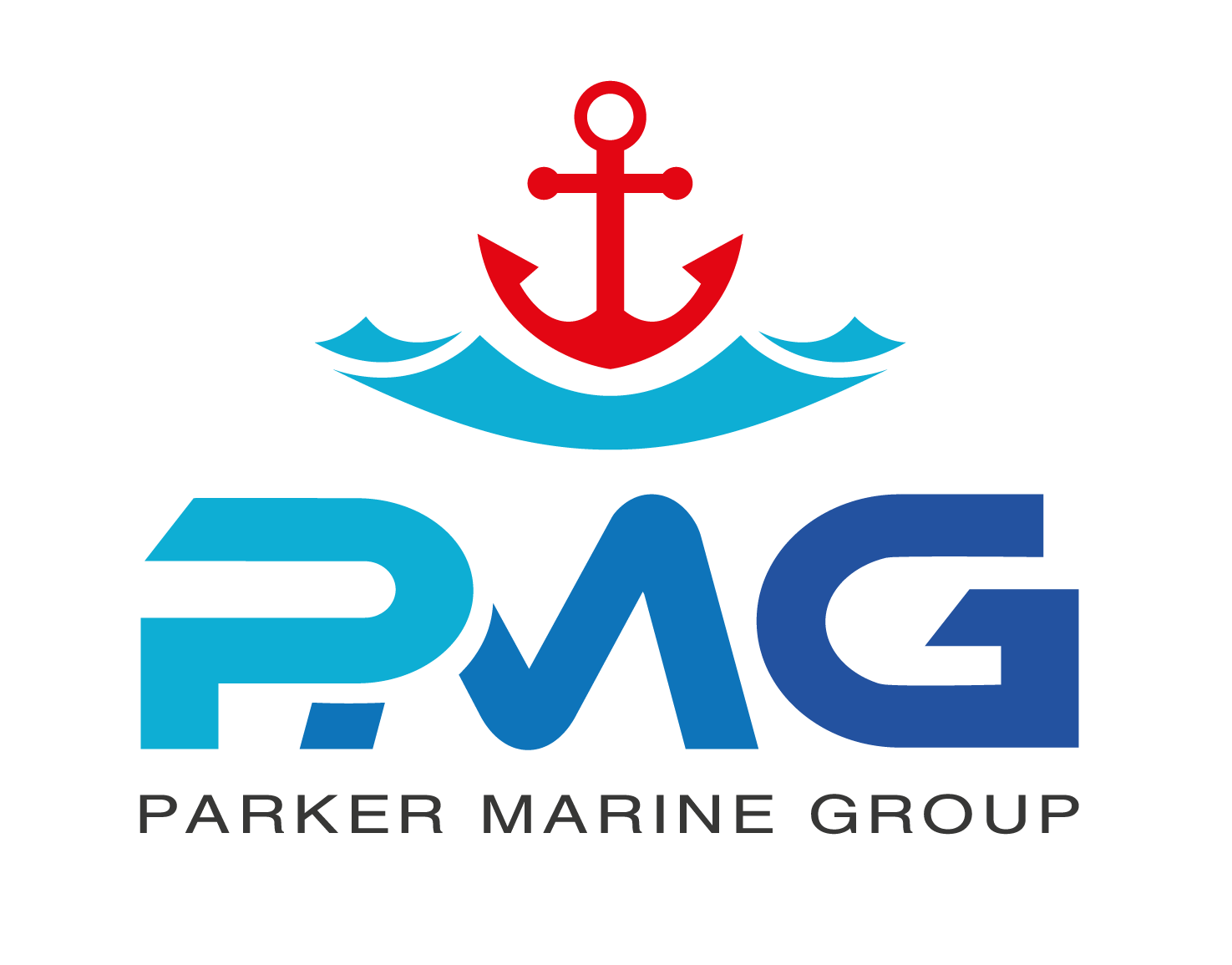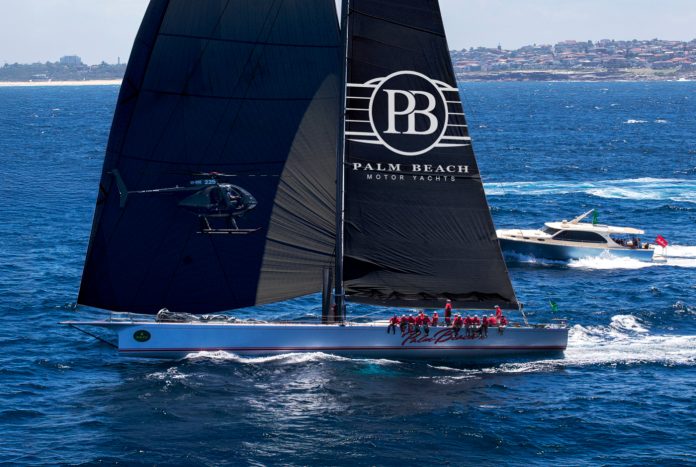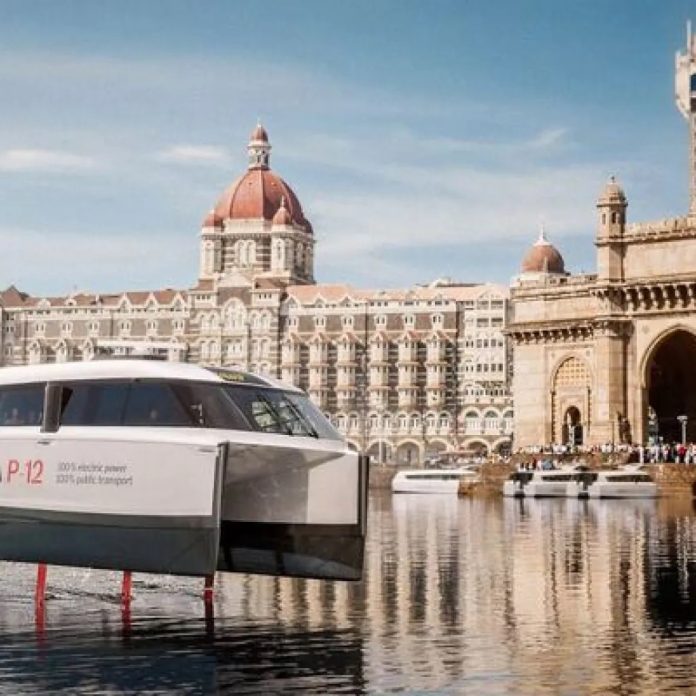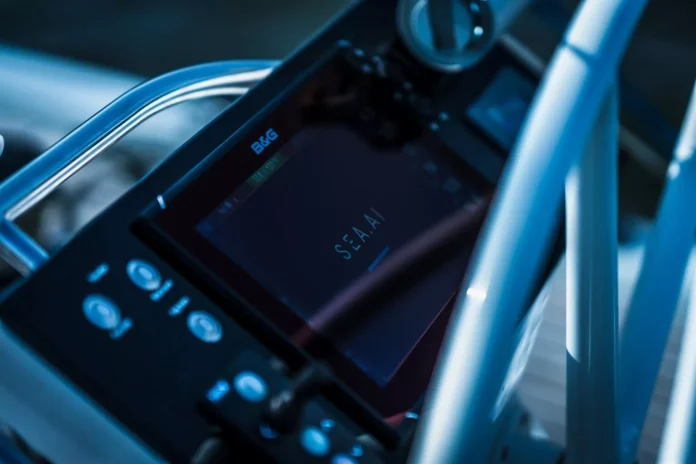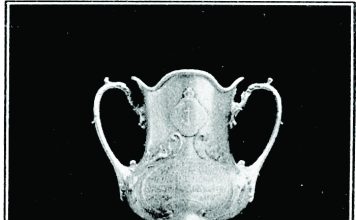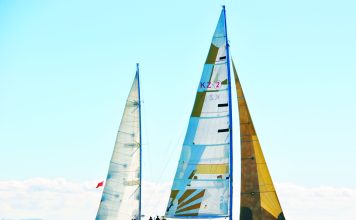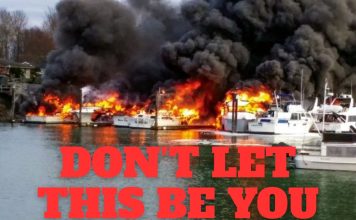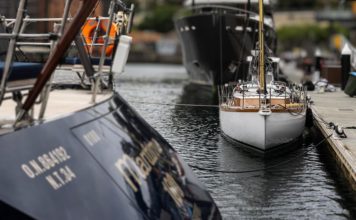Founding and early innovations
Harland, an English engineer, acquired a small shipyard in Belfast and partnered with Gustav Wolff, a Hamburg-born financier. Together, they revolutionised shipbuilding by focusing on iron-hulled ships, which were more robust and efficient than traditional wooden vessels. This innovation set Harland and Wolff apart, establishing their reputation as leaders in maritime engineering.
The founders’ shared vision was built on Harland’s commitment to quality and Wolff’s financial acumen. This partnership fostered rapid growth, and by the late 19th century, the company had become a cornerstone of Belfast’s industrial landscape, employing thousands and shaping the city’s skyline with its towering facilities.
The Golden Age: Collaborations and achievements
By the late 1800s, Harland and Wolff became the preferred shipbuilder for the White Star Line, crafting vessels that would forever define their legacy.
- RMS Olympic (1910): The first of the Olympic-class liners, Olympic served successfully for over two decades, reflecting the company’s engineering prowess.
- RMS Titanic (1911): Perhaps the most famous ship in history, the Titanic was a technological marvel of its time. Its tragic sinking in 1912 during its maiden voyage remains a touchstone in maritime history.
- HMHS Britannic (1914): Designed as the third Olympic-class liner, Britannic was repurposed as a hospital ship during World War I, only to meet its end after hitting a mine in 1916.
During both World Wars, Harland and Wolff shifted focus to warship and tanker production, playing a critical role in the Allied efforts. The company’s wartime contributions cemented its status as a strategic industrial asset, with expanded facilities to meet growing demands.
Post-war decline and diversification
Following World War II, the global shipbuilding industry underwent significant changes. Asian countries emerged as dominant players due to lower labour costs, and Harland and Wolff struggled to compete.
To adapt, the company diversified into oil rig construction and marine engineering. Despite these efforts, financial difficulties persisted, leading to its privatisation and eventual administration in 2019. The acquisition by InfraStrata marked a turning point, as the company pivoted towards renewable energy projects and specialised engineering.
Modern revival and future prospects
Today, Harland and Wolff operates across multiple sites, including Belfast, Appledore, Methil, and Arnish. These facilities focus on renewable energy, defence projects, and ship maintenance. The iconic yellow gantry cranes, Samson and Goliath, remain a proud symbol of Belfast’s industrial heritage.
In 2024, following financial challenges, Harland and Wolff Group Holdings PLC entered administration. However, its subsidiaries continued operations. A significant development came in December 2024 when Navantia UK announced plans to acquire the shipbuilder.
Navantia’s acquisition aims to revitalise Harland and Wolff by integrating its facilities into a robust defence and offshore wind supply chain. This partnership promises to safeguard over 1,000 jobs and enhance the UK’s industrial capabilities. Navantia’s expertise, particularly in naval construction, is expected to ensure the seamless delivery of projects like the Fleet Solid Support ships for the Royal Navy.

The legacy lives on
Harland and Wolff’s contributions to shipbuilding are celebrated worldwide. The Titanic Belfast museum stands as a testament to its enduring legacy, attracting millions of visitors annually. The company’s evolution from crafting legendary ocean liners to tackling modern engineering challenges mirrors the resilience and adaptability of industrial-era enterprises.
As Harland and Wolff enters a new chapter under Navantia’s stewardship, it embodies the balance between heritage and innovation, bridging the past and future of global shipbuilding.










